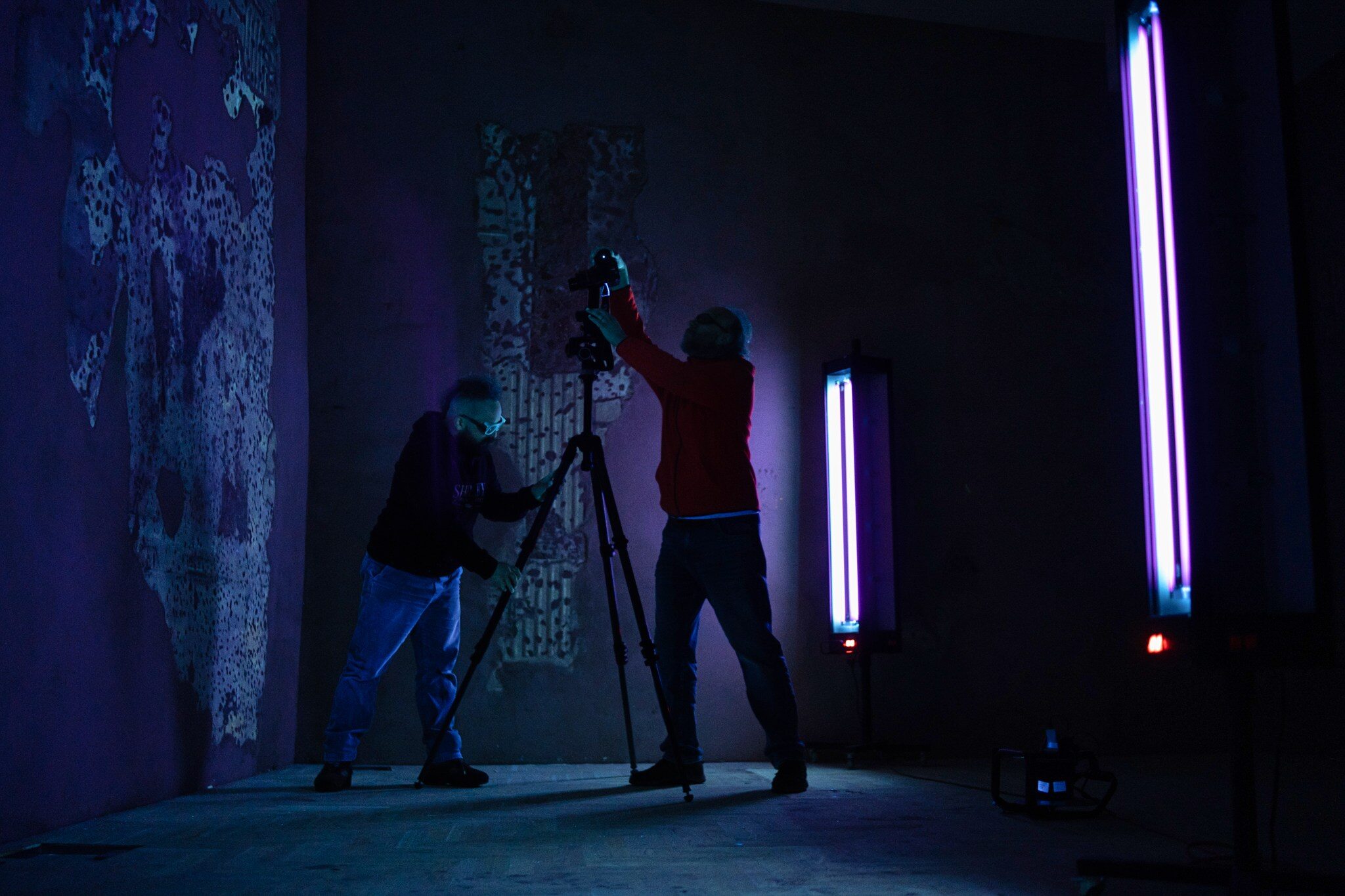Modern research reveals the secrets of monuments. This is how works of art are examined at LANBOZ

The Laboratory of Analyzes and Non-Destructive Testing of Historic Objects conducts specialized technological research of works of art and monuments. Infrared and ultraviolet photos, X-ray examinations or Raman spectrometry – all these methods allow us to reveal the secrets of historic objects.
The LANBOZ laboratory operating as part of the National Museum in Krakow was established in 2004. Since then, he has been conducting extraordinary art research using modern equipment. As part of the Science is a Polish specialty series, we visited the laboratory and talked to the scientists who work there.
Scientists study works of art and monuments
Currently, the Laboratory of Analyzes and Non-Destructive Testing of Historic Objects employs 10 people. These include chemists, physicist, geologist and conservator of monuments.
– The first step is always analytical photography, during which pictures are taken in different ranges of radiation. Then, multispectral imaging is performed, followed by physicochemical studies, tells us the head of the laboratory, Dr. Julio del Hoyo-Meléndez. – We use spectroscopic techniques, for example Raman spectrometry, infrared spectroscopy, X-ray fluorescence spectrometry – he lists.
One of the employees of the laboratory is art conservator Michał Obarzanowski. – In the LANBOZ laboratory, I deal with analytical photography and digital X-ray photography. I take pictures of historic objects in various spectral ranges, i.e. in visible light, in ultraviolet light, in infrared light or in sodium light – he lists. “Thanks to these tests, we can find out what the technological structure of the object is, we can determine its state of preservation, as well as confirm the authenticity or attribute the authorship of works of art” – the scientist points out.
The physicist Paulina Krupska-Wolas also works in the laboratory. “In the lab, I do spectroscopic imaging. We combine two types of examinations – the spot examination method with imaging. Thanks to this, we can obtain multidimensional data about our objects. she says. “We have two hyperspectral imaging cameras. These are cameras that operate in the visible and near and short infrared range, i.e. from 400 to 2500 nanometers. We also have an X-ray fluorescence imaging kit, he describes.
The latter in the laboratory is dealt with by Dr. Anna Klisińska-Kopacz. – In the laboratory, I mainly deal with X-ray fluorescence spectroscopy. It is a method that allows to determine the elemental composition of the tested object. This technique is non-invasive, the chemist tells us. – The X-ray tube in our laboratory is not enclosed in any measuring chamber, thanks to which we can examine large objects of various shapes – he points out.
The relic can’t come to the lab? The lab will come to him!
The research is mainly carried out on site in the Krakow laboratory, but this is not always possible. – Sometimes you have to travel to objects that are very valuable or there is no way to transport them to the laboratory. Then we do on-site testing. We have mobile equipment that allows us to do this,” explains Julio del Hoyo-Meléndez.
Researchers can bring X-ray examination equipment. “As for the x-ray kit, it’s just a regular veterinary system. It is mobile digital equipment and we can go with it for field research – adds Michał Obarzanowski.
“Thanks to the fact that we have an X-ray tube outside, we can disassemble the whole device, pack it in crates and travel. For example, research was conducted in this way at the National Museum in Wrocław, where we examined the wings of the Five Sorrows of Mary’s Pentagon, tells us Dr. Anna Klisińska-Kopacz.
Thanks to research outside the laboratory, it is possible to thoroughly study unusual objects, including those that have recently been discovered. – Recently, we have been conducting a project at the Saltworks Castle in Wieliczka, where wall polychromes were discovered. There are several layers of these polychromes and the main goal of our research is to date them and determine what period they come from – points out Dr. Anna Klisińska-Kopacz.






